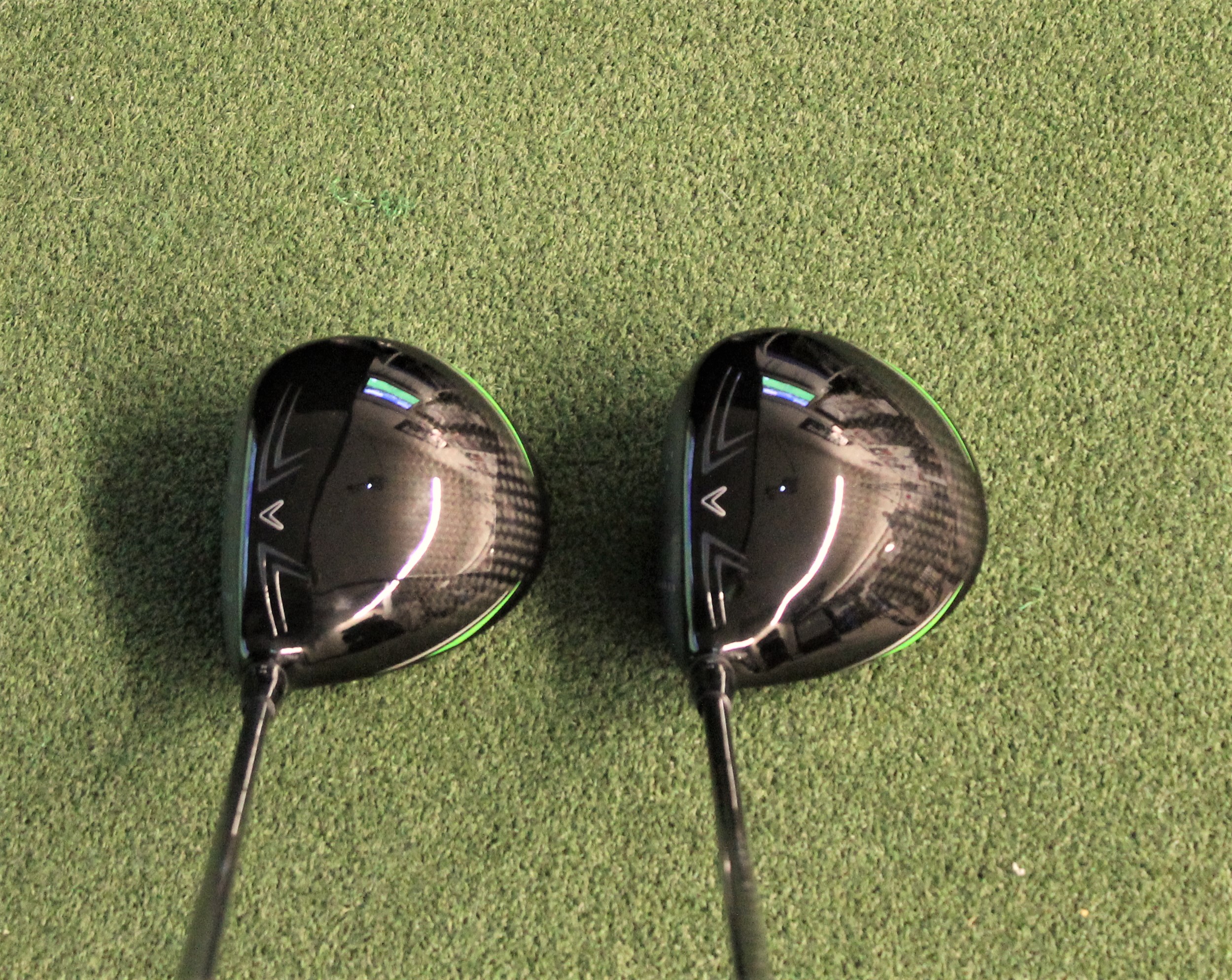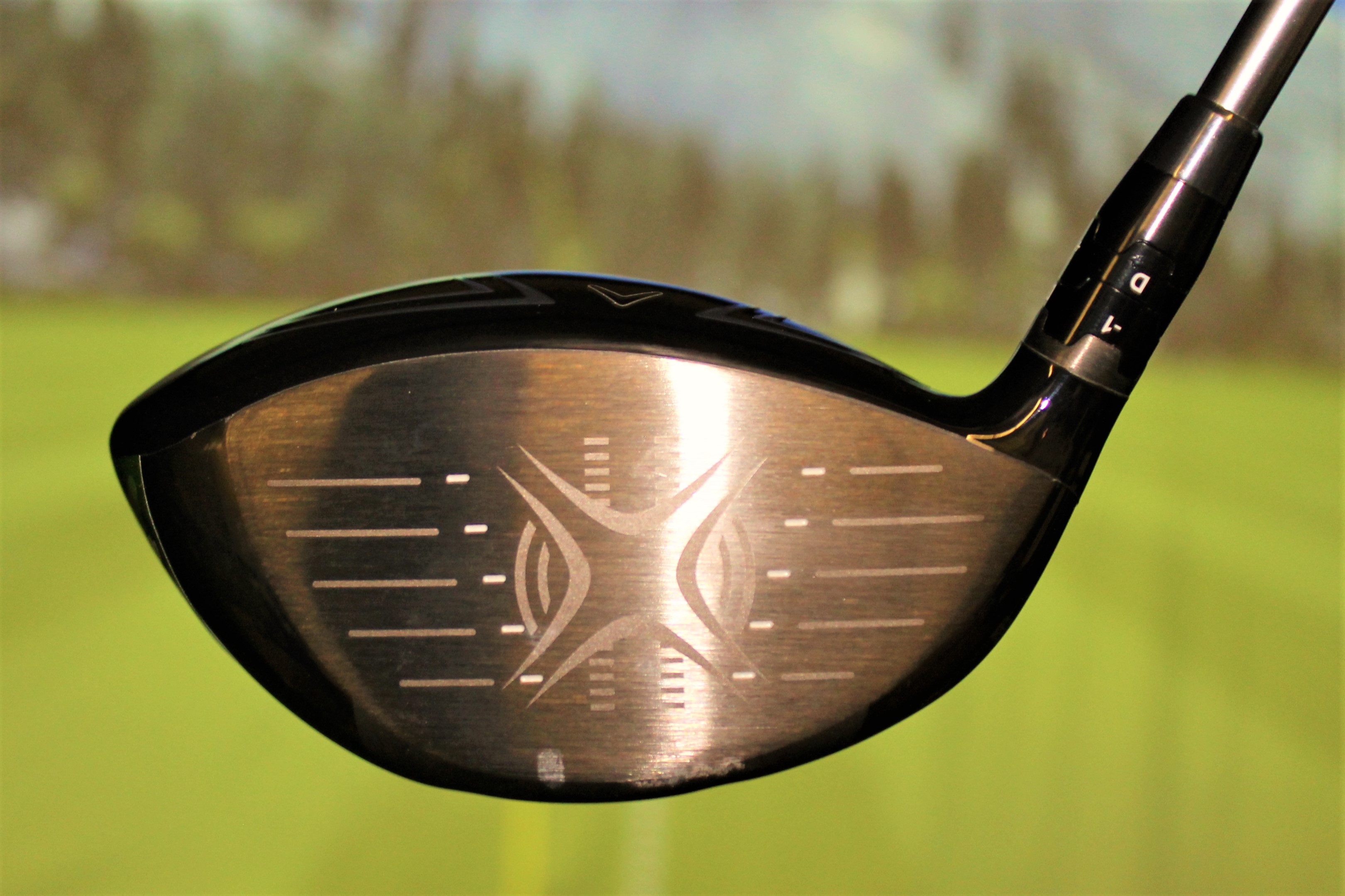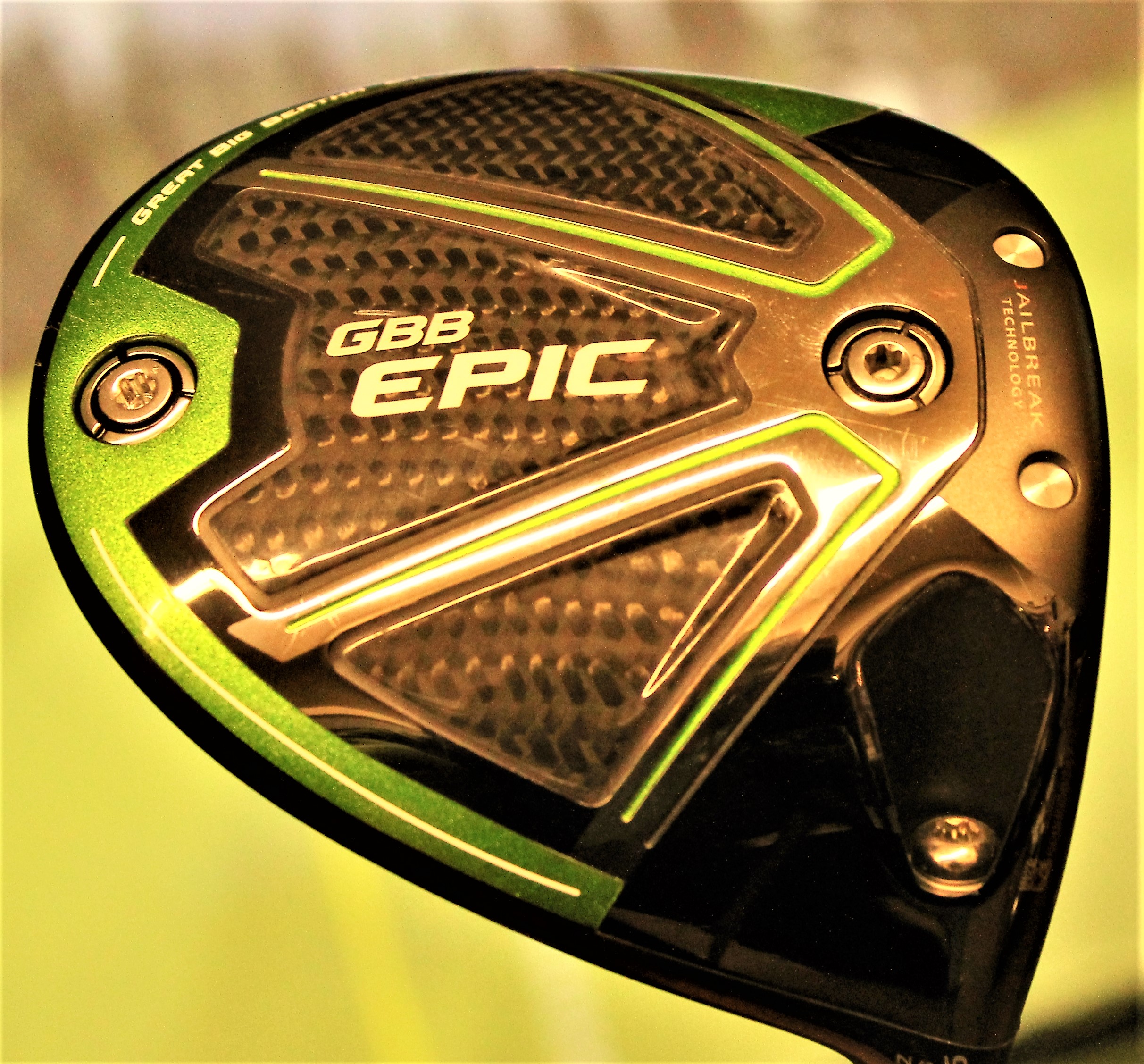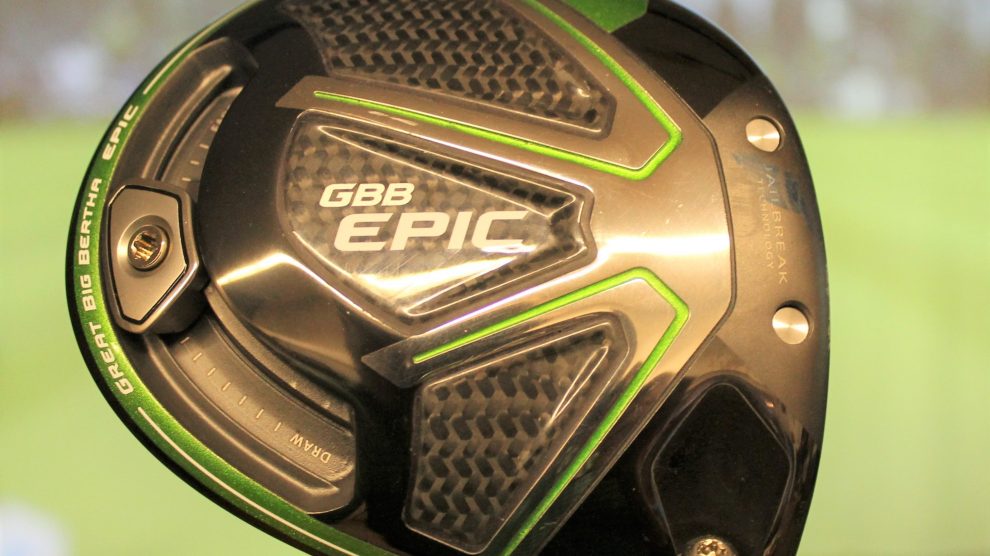When the first Big Bertha was released in 1991, it was truly groundbreaking. Made out of stainless steel and having no hosel, it was a radical concept that instantly became an iconic club in the golf industry. Callaway had ushered in the modern age of golf design.
Fast forward 25-plus years, and the golf landscape is a much different place. Titanium is no longer the only material in club heads, and ball speed is king, even if that meant designing a much more demanding club.
Over the past few years, Callaway Golf's top-end drivers have been quite good, and while they were packed with incremental technological advances, they tended to lack slightly in ball speed and weren't always the most forgiving. With Taylormade's success with the M line of drivers and woods, Callaway had to step up and create something that would challenge not only the slight performance gaps but also the retail perception the competition had created.
Enter the Epic line, two drivers and two fairway woods, the latest release in the Great Big Bertha line.
Callaway Golf Great Big Bertha Epic and Epic SubZero Drivers
What's new: For starters, and arguably their biggest innovation, is that both club heads have two 3-gram titanium rods that connect the crown to the sole of the club. This feature, dubbed Jailbreak Technology, helps deflect the energy absorbed at impact back to the face thus creating higher ball speeds, making the club feel much more solid at contact, even on off-center hits.
The Jailbreak technology was discovered through designing the Big Bertha Alpha. The Big Bertha Alpha had a Gravity Core, a weight rod which, depending how it was installed, could raise or lower the club's center of gravity. Engineers realized that, upon viewing high speed footage of impact, the body would react much differently with the Gravity Core installed versus uninstalled. On the BB Alpha, the weight was in the center of the club. With the Jailbreak tech, the rods are positioned very close to the face to maximize their effect.



On the GBB Epic model, the rear movable track weight is now 17 grams, compared to the 10-gram weight that was found in the previous GBB head. The track that the weight is situated in has also been shortened slightly to allow for higher moment of inertia numbers. The crowns of both drivers have also been changed. Forged Composite construction, which was found in previous models, has been replaced with a Triaxial Carbon crown. The weight of the crown on the GBB Epic is 9.7 grams, with the SubZero version weighing in 1.1 grams heavier. Both are twice are strong compared to the Forged Composite material.
Each crown features Callaway Golf's proprietary Speed Step technology. Essentially it helps reduce drag by making the air move more efficiently over the crown. To save weight, the Speed Step is created using 3D printing.
Both heads are 460cc in size, have a face depth of 2 inches (2.03 inches for Epic, 2.09 inches for Epic Sub Zero) and are built with an Exo-Cage structure made from high-grade titanium. The concept behind the design is to stiffen the sole of the club and to save weight, since it only incorporates a small section of the bottom footprint. In between the Exo-Cage skeleton is a carbon sole, made out of the same Triaxial Carbon material found on the crown. The weight of the carbon sole is 5.8 grams on the GBB Epic and 7.4 grams on the GBB Epic SubZero. Callaway Golf claims that the combination of the Exo-Cage and carbon composition of the sole allow for much better sound at impact. While they have used carbon fiber before, this time it is visible and not painted over like past releases. This is a good thing as it shows of the components of the club head, and with the Triaxial Carbon material, looks great as well.
Even though the GBB Sub Zero will most likely be preferred by higher swing speeds and by players needing spin reduction, the forgiveness of the head will fit a variety of slower swing speeds as well. The weights carry over from the XR16 Sub Zero model and are interchangeable. They are 2 grams and 12 grams, and Callaway claims that by switching them, it will result in a change of 200 rpm either way, depending on the setting. Along with the ultra-low position of the center of gravity, the design allows for much higher MOI -- to the tune of a 43 percent increase over the BB Alpha 816.
The Dual Cog hosel adapter has not changed, providing the same three degrees of loft (down 1, up 2) and face angle adjustability.
The GBB Epic will come in 9-, 10.5- and 13.5-degree models, with the GBB Epic SubZero coming in 9- and 10.5-degree versions. Both clubs will have a stock length of 45.5 inches and swing weight out at D3 and D4 respectively. The GBB Epic has four stock shafts:
- Aldila Rogue Max: 65 in R, S flex; 75 in X flex
- Fujikura Pro 62 in R, S and X flex
- True Temper Project X HZRDUS T800 light, R and S flex
- Mitsbuishi Rayon Composites Diamana M+ 40 Green women's, light and R flex; 50 in S flex
The MRC Diamana line is the only shaft not available for the GBB Epic Sub Zero.
Pricing is set at $499 for both models and will be available at retail January 27, 2017.

Testing the GBB Epic and GBB Epic Sub Zero
After hitting both drivers, they are unlike anything Callaway has ever produced. To be blunt, I was extremely impressed by how much shot dispersion can be changed simply by adjusting the rear track weight of the GBB Epic. In the draw position, it was extremely difficult to play a fade and with the track in the fade position, the ball would never end up going left. I didn't notice an increase in launch angle, but spin was down 200-300 rpm from last year's Great Big Bertha.
The Sub Zero is truly a spin-reduction machine. Installing the 12-gram weight in the front will reduce the spin and launch angle without sacrificing ball speed. It should be noted that the Sub Zero tends to be a bit more fade-biased and will definitely favor the right side of the fairway. As of right now, there will be no option to change the rear sliding weight of the GBB Epic, but replacement weights are readily available for the GBB Epic Sub Zero. This is of particular interest to those who like to play a shorter driver and need the additional grams for swing weighting purposes.
The feel at impact is unlike any Callaway driver I've ever hit, tour issue, hotmelted, retail or otherwise. The sound at impact is nicely muted, and the club feels solid, even on extreme toe/heel strikes. While both heads are very forgiving, having the 12-gram weight installed in the rear position of the GBB Epic Sub Zero made the head extremely easy to make contact with, and it felt like it also help reduce some of the fade bias in the head.
It would be nice to have a stock length option of 44.5 inches, just as it is with the Callaway Fusion driver and while the Speed Step on the crown might be a busy distraction to some, I suggest using it as an alignment aid at address.
Even though reducing spin off of the driver is the current market trend, I think the ability to help dictate which direction the ball goes will give the edge to the standard GBB Epic. It's no secret that Callaway Golf has made huge strides in not only the products they have recently brought to market, but also their share of the hard goods sector. These two drivers will do nothing but help keep that trend going forward.

